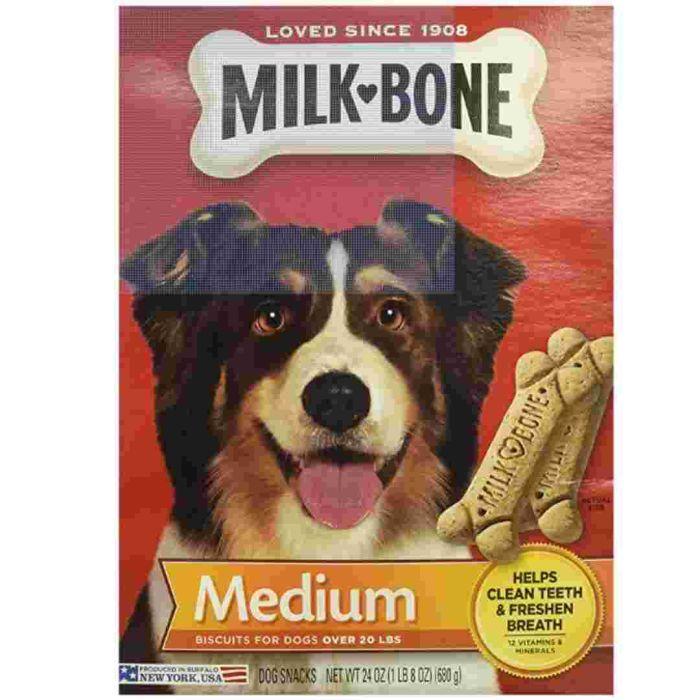Welcoming a dog into your home is akin to gaining a new family member, one that relies on you for love, care, and nourishment. As devoted pet parents, we strive to ensure our furry companions are healthy and happy, yet navigating the realm of canine nutrition can be surprisingly complex. Despite our best intentions, it’s easy to fall into certain nutritional pitfalls that can impact our dogs’ well-being. In this article, we’ll explore some of the most common nutritional mistakes dog owners make, shedding light on misconceptions and offering guidance to help you make informed choices. By understanding these missteps, you can provide your four-legged friend with the balanced diet they deserve, ensuring they lead a vibrant and joyful life by your side.
Understanding Your Dogs Dietary Needs
- Overlooking Portion Sizes: One common oversight many dog owners make is misjudging the right portion sizes. Just like humans, dogs require specific amounts of food based on their age, size, and activity level. Overfeeding can lead to obesity, while underfeeding can cause malnutrition. To avoid this mistake, consult with your veterinarian to determine the appropriate serving sizes and adjust as your dog’s needs change.
- Ignoring Ingredient Quality: The quality of ingredients in your dog’s food can significantly impact their health. Many commercial dog foods contain fillers, artificial preservatives, and low-quality protein sources. Always check the ingredient list and prioritize foods with high-quality proteins and natural ingredients. Consider incorporating fresh foods like lean meats, vegetables, and grains into your dog’s diet to ensure they receive a balanced nutritional profile.
- Neglecting Hydration: Proper hydration is often underestimated. Dogs need ample water to maintain healthy digestion and regulate body temperature. Always ensure your furry friend has access to clean, fresh water, especially after exercise or during hot weather. If you’re feeding dry kibble, consider adding some wet food or water to enhance moisture intake.
By paying close attention to these common pitfalls, you can ensure your canine companion receives the nutrition they need to thrive. Regularly reviewing and adjusting your dog’s diet as they grow and change will help them live a healthy, happy life.

Avoiding Overfeeding and Portion Pitfalls
It’s easy to misjudge the amount of food your dog needs, especially when those puppy eyes are pleading for just one more bite. Overfeeding not only leads to obesity but can also cause a host of health issues. To keep your furry friend in tip-top shape, consider these helpful tips:
- Measure meals: Use a measuring cup to serve precise portions, avoiding the guesswork that often leads to oversized servings.
- Read labels: Check the feeding guidelines on your dog’s food packaging, but remember to adjust based on their activity level, age, and health.
- Treats with caution: Treats should make up no more than 10% of your dog’s daily caloric intake. Opt for healthy, low-calorie options when possible.
Being mindful of your dog’s diet not only prevents weight gain but also contributes to a longer, healthier life. A little diligence goes a long way in keeping your companion happy and active.

Choosing the Right Ingredients for a Balanced Diet
When planning your dog’s meals, it’s essential to ensure a harmonious blend of nutrients that support their overall health. Many dog owners inadvertently overlook the significance of a well-rounded diet, often leading to nutritional imbalances. To avoid these common pitfalls, consider incorporating a variety of whole foods that cater to your pet’s specific needs. Include a mix of proteins, healthy fats, and carbohydrates, while also paying attention to vitamins and minerals that are crucial for their wellbeing.
- Proteins: Opt for lean meats like chicken or turkey, as well as fish, which are excellent sources of essential amino acids.
- Healthy Fats: Include sources such as salmon or flaxseed oil to promote a shiny coat and healthy skin.
- Carbohydrates: Whole grains and vegetables like sweet potatoes or peas provide energy and fiber.
- Vitamins and Minerals: Incorporate leafy greens and fruits like blueberries to boost antioxidant levels.
By thoughtfully selecting ingredients, you can craft meals that not only satisfy your dog’s taste buds but also enhance their vitality. Remember, a balanced diet is the foundation of a happy, healthy life for your furry friend.
Recognizing the Importance of Hydration
Ensuring your furry friend stays well-hydrated is crucial for their overall health, yet it’s a common oversight among dog owners. Water plays an essential role in regulating body temperature, aiding digestion, and maintaining healthy skin and coat. It’s important to remember that dogs, just like humans, need access to fresh, clean water throughout the day. Signs of dehydration can include dry gums, lethargy, and a lack of skin elasticity, so it’s vital to monitor your dog’s water intake, especially during hot weather or after physical activity.
- Always provide a clean bowl of water and refresh it regularly.
- Consider adding water-rich foods, like cucumber or watermelon, to their diet for an extra hydration boost.
- Monitor for any changes in drinking habits, as this could indicate underlying health issues.
By prioritizing your dog’s hydration, you are not only supporting their physical well-being but also enhancing their energy levels and overall happiness. Remember, a well-hydrated dog is a healthy dog!

